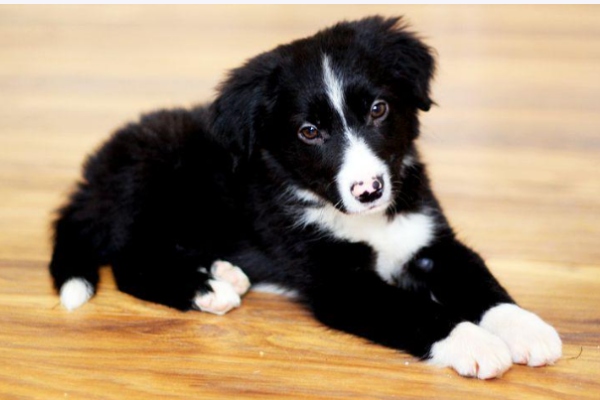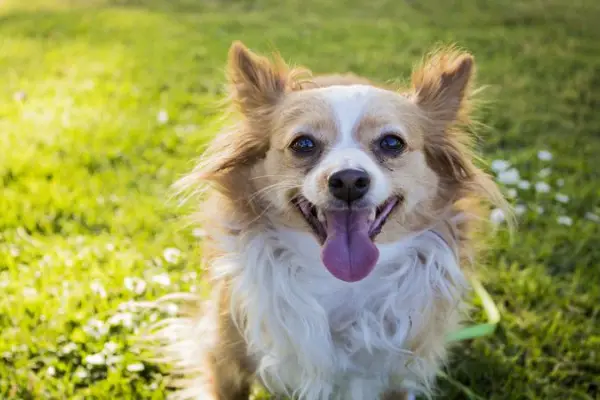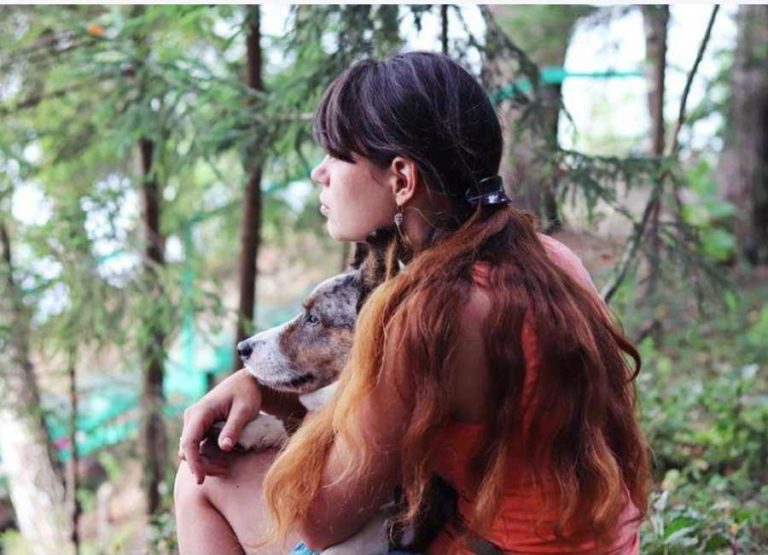11 Top Ways on How to Relieve Anxiety in Dogs
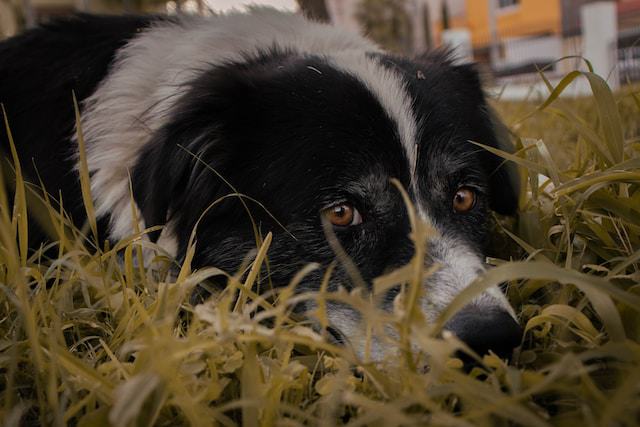
Let’s discuss how to relieve anxiety in dogs…
If you’ve ever noticed your furry friend feeling anxious, you’re not alone.
In this quick read, we’ll explore three effective ways to help relieve anxiety in dogs, so you can bring back those tail-wagging moments of pure joy.
Let’s dive in and discover the secrets to a calmer, happier pup!
How to Relieve Anxiety in Dogs
To relieve anxiety in dogs, you should provide a safe and quiet space for them to retreat to when they feel anxious, engaging them in regular exercise and play can also help reduce their stress levels.
Additionally, you may consider using calming aids such as pheromone diffusers or calming vests.
If the anxiety persists, it’s important to consult with a veterinarian to explore other potential solutions.
Remember, every dog is unique, so it may take some trial and error to find the best approach for your furry friend!
From what I know about anxiety in my dogs, let’s dive deeper…
Ways to Help Relieve Anxiety in Dogs
As a dog owner, I have dealt with dog anxiety a lot, so let me share some of the most common ways of helping your dog overcome anxiety.
Here are some of the most common ways of helping your dog with anxiety:
1. Identify and Remove any Anxiety Triggers

The first step in helping your anxious dog is to identify and eliminate any triggers that may be causing their anxiety.
Common triggers can include loud noises, unfamiliar environments, separation from their owners, or even certain people or animals.
By identifying these triggers, you can work towards reducing or eliminating them from your dog’s environment.
For example, if your dog is anxious during thunderstorms, creating a safe and secure space for them to retreat to can help alleviate their anxiety.
2. Create a Safe and Comfortable Space
Dogs, just like humans, benefit from having a safe and comfortable space where they can relax and feel secure.
This can be a designated area in your home, such as a crate or a specific room, where your dog can retreat to when they feel anxious.
Make sure this space is cozy, quiet, and stocked with comforting items like their favorite blanket or bed.
Additionally, consider using pheromone sprays or diffusers, such as Adaptil, which mimic natural calming scents and can help ease your dog’s anxiety.
3. Engage Your Dog’s Mind With Interactive Toys
Mental stimulation is essential for dogs, especially those prone to anxiety.
Interactive toys, such as puzzle toys or treat-dispensing toys, can be excellent tools to engage your dog’s mind and distract them from their anxious thoughts.
These toys require your dog to think and problem-solve, which can help redirect their focus and alleviate anxiety.
Additionally, regular playtime and exercise are crucial for overall well-being and can help reduce anxiety in dogs.
4. Using Calming Music Therapy
Calming music therapy is a technique that has shown positive results in reducing anxiety in dogs.
There are specially designed playlists and albums available that feature soothing, instrumental music specifically composed to relax dogs.
The calming melodies can help drown out disturbing noises or create a peaceful atmosphere that promotes relaxation.
You can play this music in your dog’s safe space or during stressful situations, such as fireworks or thunderstorms.
5. Establish a Consistent Routine
Dogs are creatures of habit, and having a consistent routine can provide them with a sense of security and predictability.
This includes regular feeding times, walks, playtime, and bedtime. Predictability can help reduce stress and anxiety in dogs, as they know what to expect and when to expect it.
Changes in routine can sometimes cause anxiety, so try to keep things as stable as possible for your pup.
6. Consider Using Calming Scents
Aromatherapy can be beneficial for dogs, just as it is for humans.
Scents like lavender, chamomile, and other calming essential oils can have a soothing effect on dogs.
You can use a diffuser to fill the air with these scents, or consider using a calming pheromone collar.
These collars release synthetic pheromones that mimic the calming pheromones produced by mother dogs to soothe their puppies. It’s a natural and non-invasive way to help your dog feel more relaxed.
7. Give Your Dog a Gentle Massage
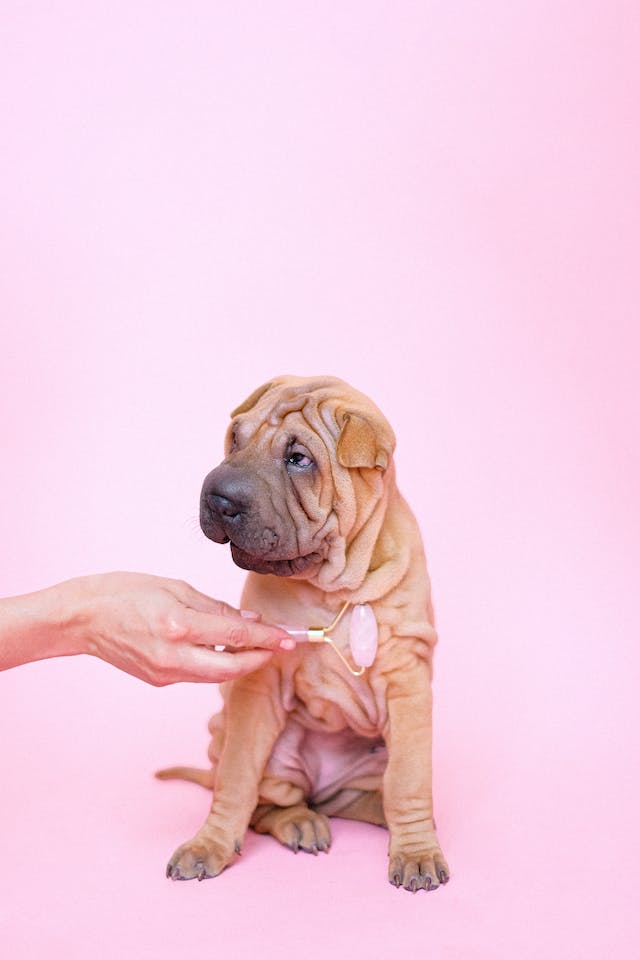
Just like humans, dogs can benefit from a good massage. Gentle, slow strokes can help relax tense muscles and promote a sense of calm.
Pay attention to your dog’s body language and response to the massage. Some dogs may enjoy a full-body massage, while others might prefer gentle strokes in specific areas.
It’s all about providing a comforting and relaxing experience for your furry friend.
8. Provide a Thundershirt or Anxiety Wrap
Thundershirts and anxiety wraps are designed to apply gentle, constant pressure to a dog’s body, which can have a calming effect.
The pressure is similar to the comfort a dog feels when held tightly during stressful situations.
These wraps can be particularly helpful during thunderstorms, fireworks, or other anxiety-inducing events.
Make sure to introduce the wrap to your dog gradually and associate it with positive experiences to help them feel comfortable wearing it.
9. Spend More Quality Time and Play With Your Dog
One effective way to help alleviate anxiety in dogs is to spend more quality time with them. Dogs are social creatures and thrive on companionship.
By devoting time to play, exercise, and bonding activities, you can help reduce their anxiety levels.
Engage in interactive games like fetch, hide-and-seek, or puzzle toys that stimulate their mind and body.
Regular physical activity also helps release endorphins, which can promote relaxation and reduce stress.
10. Consider Using Positive Reinforcement and Counterconditioning Techniques
Positive reinforcement is a powerful tool for modifying behavior and reducing anxiety in dogs.
Rewarding your dog’s calm and relaxed behavior with treats, praise, and affection can help reinforce positive associations and create a sense of security.
Counterconditioning involves gradually exposing your dog to anxiety-inducing stimuli while pairing it with something positive.
For example, if your dog gets anxious during car rides, you can start by sitting in the stationary car and rewarding them with treats or toys.
Gradually increase the exposure while maintaining a positive experience, helping your dog associate the car with positive outcomes.
11. Provide Special Supplements and Probiotics
Supplements and probiotics can complement your efforts in relieving anxiety in dogs.
Certain supplements, such as L-theanine or chamomile, have calming properties and can help promote relaxation.
It’s essential to consult with your veterinarian before introducing any supplements to ensure they are safe and appropriate for your dog.
Probiotics, on the other hand, can support a healthy gut microbiome, which has been linked to improved mood and behavior in dogs.
A balanced gut can positively influence your dog’s overall well-being, including anxiety levels.
Learn more about anxiety in dogs.
How to Know Your Strategies Are Working
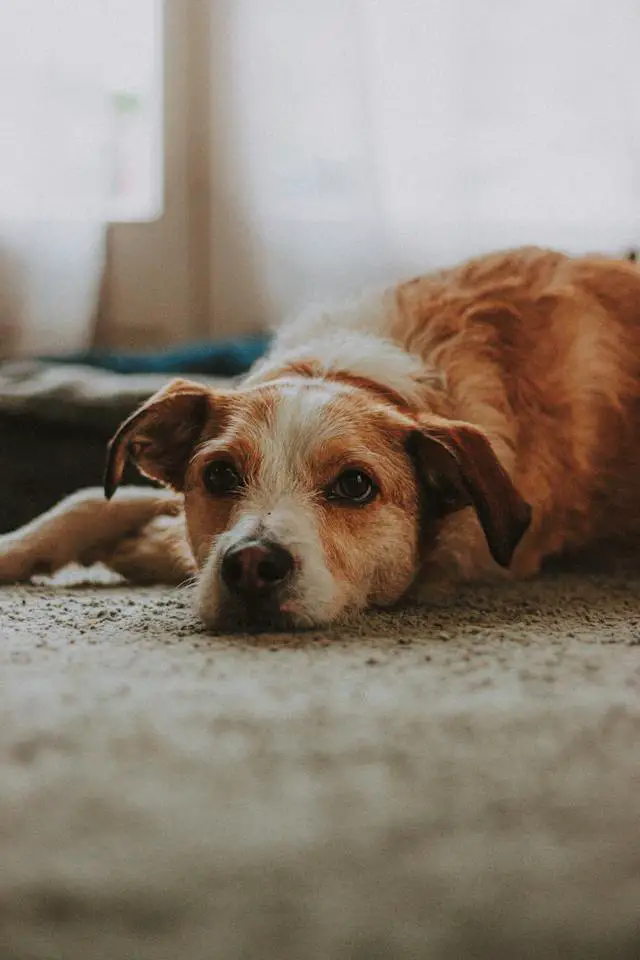
Let’s discuss how to know your strategies are working when helping to relieve anxiety in dogs.
From my experience living with dogs, I can tell you that helping dogs relieve anxiety is so important.
One way to know your strategies are working is by observing the dog’s behavior – are they more relaxed, less agitated, and showing fewer signs of stress?
Another indicator is if the dog is more responsive to training and commands, which can show a reduction in anxiety.
Additionally, if the dog is engaging in more positive behaviors, such as playing or seeking attention, it’s a good sign that your strategies are effective.
Keeping a journal or log of the dog’s behavior and any changes you’ve made can also help you track progress.
Lastly, seeking feedback from a professional dog behaviorist or veterinarian can provide valuable insights into the efficacy of your strategies.
Related Questions
What are some signs that my dog is anxious?
You might notice your dog pacing, panting excessively, trembling, or showing signs of restlessness. They might also exhibit destructive behavior, like chewing furniture or excessive barking.
Learn more about the signs of anxiety in dogs.
What are some natural ways to help relieve my dog’s anxiety?
There are several natural methods you can try, such as providing a safe space for your dog, using calming pheromones, or incorporating regular exercise and mental stimulation into their routine.
Can I use essential oils to help calm my anxious dog?
Yes, you can use certain essential oils, like lavender or chamomile, but it’s important to dilute them properly and consult with a veterinarian to ensure they are safe for your dog.
Should I consider using a Thundershirt or anxiety wrap for my dog?
Thundershirts and anxiety wraps can provide gentle, constant pressure to help calm your dog during stressful situations. Many pet owners find them helpful in reducing anxiety.
What role does diet play in managing a dog’s anxiety?
A balanced and nutritious diet can have a positive impact on your dog’s overall well-being, including their mental health. Some dogs may benefit from diets rich in omega-3 fatty acids, which can help support brain health.
When should I consider seeking professional help for my dog’s anxiety?
If your dog’s anxiety is significantly impacting their quality of life or if natural methods haven’t provided relief, it’s important to consult with a veterinarian or a certified animal behaviorist for personalized guidance and support.
Learn more about the causes of anxiety in dogs.
Conclusion
Remember, when it comes to helping your furry friend overcome anxiety, patience and understanding are key. By incorporating exercise, mental stimulation, and positive reinforcement into their daily routine, you’ll be well on your way to a happier, calmer pup. Together, we can make a world of difference in our dog’s well-being. Keep up the great work!

